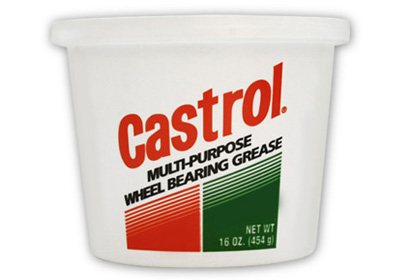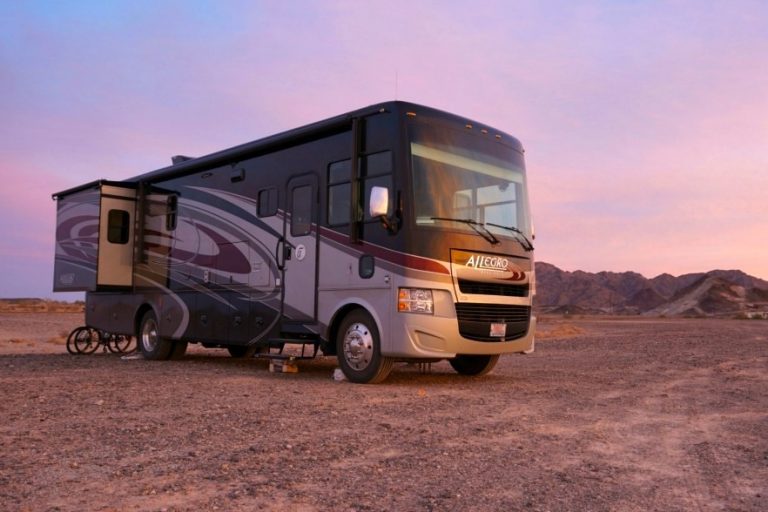1. Tongue weight is not important
Tongue weight is the weight of the trailer that rests on the hinge of the apparatus. It’s important to take this number seriously. If it’s too high, the trailer will tilt forward and cause difficulty when steering, affecting the balance of your convoy. If the number is too low, your trailer will nose upwards also causing your convoy to be unbalanced. Incorrect estimations could lead to hitch failure – that’s when your trailer comes off the hitch ball. It’s important to ensure even load weight distribution across all the trailer axles. The best way to do this is by using a weight distribution system or requesting professional assistance. It is always best to have most the weight in the trailer concentrated on the axles. This will help keep the trailer leveled and keep tongue weight in the 10 – 15% range, which is the recommended range for this measure.2. GCWR and GVWR are the same
False. These numbers stand for completely different things. Prior to hitching your trailer to your towing vehicle, you’ll need to do a little math and address two issues. If you can add, you can do this! First is the GCWR. That number needs to exceed the weight of the following:- Tow vehicle
- Trailer
- Occupants
- Cargo of both the trailer and the towing vehicle
- Towing vehicle and its cargo
- Tongue weight
3. The hitch ball doesn’t need to perfectly match the trailer tongue
 The hitch is the most vulnerable part of your convoy when you’re on the road, so don’t take any risks by not perfectly fitting the trailer onto the hitch. Hitch balls come in various diameters including 1 7/8″, 2″, 2 5/16″ and infrequently, 3″. Some people think that the safety chains can compensate for wrong hitch ball size, however, this is a bad idea if you care about safety and the law. For more information about the difference between GCWR and GVWR check out this source.
The hitch is the most vulnerable part of your convoy when you’re on the road, so don’t take any risks by not perfectly fitting the trailer onto the hitch. Hitch balls come in various diameters including 1 7/8″, 2″, 2 5/16″ and infrequently, 3″. Some people think that the safety chains can compensate for wrong hitch ball size, however, this is a bad idea if you care about safety and the law. For more information about the difference between GCWR and GVWR check out this source.4. You need towing side-view mirrors by law
This is only true when the size of your trailer obstructs you from seeing the tail of your convoy and the cars behind you. In this case yes, you will need some specially-made towing mirrors that are available in most auto shops. If this is not the case, you just need to adjust your mirrors to give you a wider view. That said, what matters most is for you to be comfortable driving with a trailer hitched to your tow vehicle. So, if you feel that you need better visibility of your rear, of course, go ahead and upgrade your side view mirrors. Better visibility is never a bad thing!5. Reversing is not possible when towing a trailer
This is not the case. Reversing is absolutely possible when towing a trailer, even with a large payload. It is, however, extremely difficult to do if you have little experience. We highly recommend getting a bit of coaching and practice if you are new to RVing, and avoiding reversing to the extent that you can while you are still getting comfortable with maneuvering your vehicle. In situations where you need to reverse, it’s best to:- Avoid sharp turns
- Do it very slowly
- Recruit a buddy to spot you from the outside
6. Trailer bearings don’t need special care


 Trailer bearings should be inspected, cleaned, and regreased annually since they are exposed to rust and environmental damage. Left unattended, they could cause trailer breakdown, and bring about huge towing and repair costs. You should maintain and lubricate all the bearings inside your trailer’s wheel mechanisms, to avoid excess friction and trailer degradation.
Trailer bearings should be inspected, cleaned, and regreased annually since they are exposed to rust and environmental damage. Left unattended, they could cause trailer breakdown, and bring about huge towing and repair costs. You should maintain and lubricate all the bearings inside your trailer’s wheel mechanisms, to avoid excess friction and trailer degradation.

